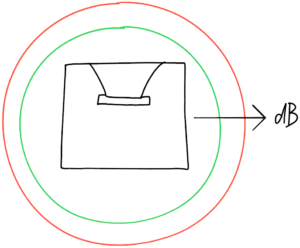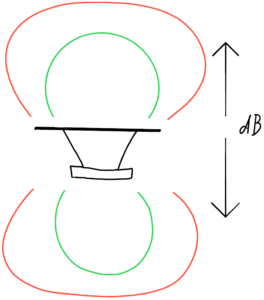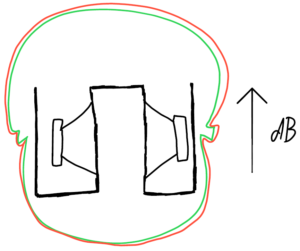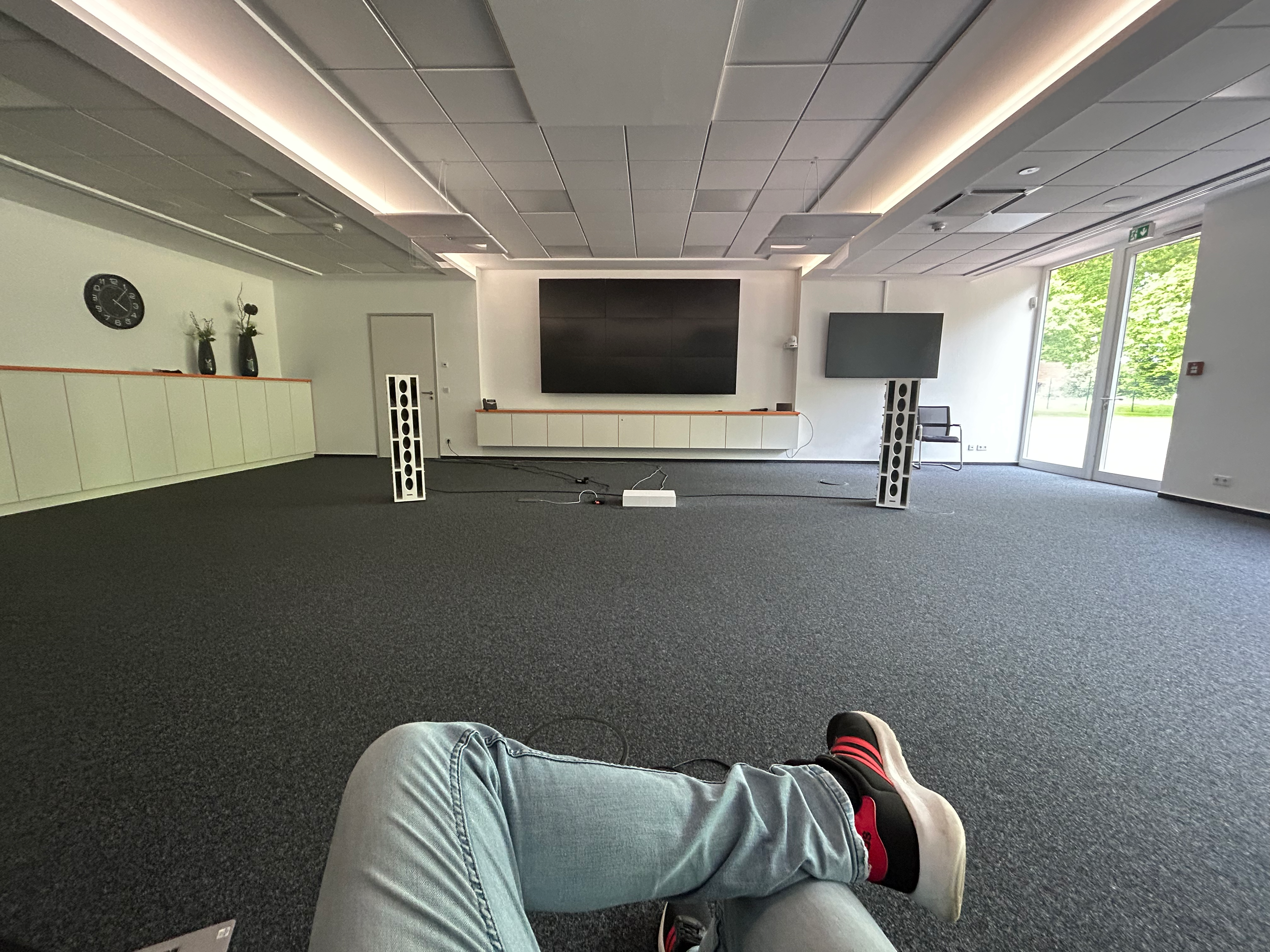Visaton Grand Orgue

Have you heard of the Grand Orgue from Visaton? Well,if you are interested in an experimental loudspeaker concept capable of reproducing frequencies beyond the entire audible frequency range up to 16 to 28,000 hertz, you should stay tuned.
When I was looking for a new project earlier this year, I thought of hifi speakers. I just got my PA system together last year, I don’t want to touch the Bose system in my car, and my Klipsch home theater is still going strong. But what about a true stereo listening experience? So I wanted to build two full-range speakers.
You know that hi-fi is an area full of snake oil, false promises, and price tags that can reach to the moon. Of course, you need to pay attention here and choose wisely. In the best case, do some listening tests before you buy anything. But in this case, the speakers got my full attention just by their design and specifications.
When I first read about the Visaton Grand Orgue, I was intrigued by the sheer number of speakers. One box contains 8 tweeters and 8 woofers. That makes 16 drivers per speaker. WHAT?! 🆘
I’ve been wanting to hear a speaker that could deliver frequencies down in the 20s for years. There’s almost no way a closed cabinet can do this, so the Grand Orgue is partly what’s known as an open-baffle speaker. But what does that mean?
Open-baffle speakers
The simplest design of a speaker with an open baffle would be a large wooden board with a speaker chassis built into it. Unlike an enclosure, this creates a natural dipole design: the chassis radiates sound forward and emits an out-of-phase sound to the rear (since it is not sealed). The result is a large, room-filling soundstage unlike any other speaker design. The so-called dipole eight. You can visualize it as if you were using giant headphones. A subwoofer with a closed cabinet, on the other hand, radiates the low frequencies spherically.
For a better understanding here are some diagrams of the different approaches with frequencies around 50Hz (green line) and 100Hz (red line). As the frequency increases, so does their volume – up to a certain point.


The problem with open baffle speakers: low efficiency, especially at low frequencies. There is even an old rumor about the so-called “acoustic short circuit”:
It is said that an open baffle can not produce sound pressure, especially in the bass range. There is a pressure compensation between the sound emitted to the front by the bass speaker and the sound simultaneously sucked in at the back of the baffle. A low bass reproduction shall therefore not be possible.
However, this only applies to the sound pressure, not to the sound velocity.
📝 Note: A sound wave can also be generated by the sound velocity, not only by sound pressure.
That’s why an open baffle also allows for bass output. If you ever hear about the “acoustic short circuit” rumor again, show them this blog.
Ripole speakers
Back on topic, the Grand Orgue even goes a step further by using a folded, open baffle with the woofers facing each other from the front. This advanced design of a dipole is called a ripole (named after founder Axel Ridthaler).

This design approach drastically lowers the resonance frequency, allowing for very low frequencies when using higher volume levels. All low frequencies are emitted with almost the same volume level. In addition, the bass is emitted directionally and not spherically, as in conventional closed cabinets.
For more technical information about the ripole, visit Axel Ridthalers webpage.
Line arrays
The Grand Orgue has four pairs of ripole drivers that compensate for the low efficiency and are responsible for reproducing low frequencies. For the high frequencies, however, the Grand Orgue uses another interesting design: a line array.
To briefly describe a line array: If 8 loudspeakers produce the same volume as a single loudspeaker, this means that one loudspeaker in the array has only one eighth of the diaphragm excursion. This automatically reduces the amount of distortion, which is audibly noticeable in the dynamics of the music you play.
I don’t want to get too technical here, but let’s just say that: Our line array helps produce a wider usable frequency range by using a larger diaphragm area of 8 full-range speakers instead of just one.
Conclusion
I hope this digression wasn’t too dry or complicated to understand, but you noticed that two very interesting design approaches – the ripole and the line array – are combined in this Grand Orgue speaker design.
Directional low bass, large soundstage, low distortion. I’ve never had the opportunity to hear or even see a pair of these, so I’ll have to make my own experience with them.
The design is pretty complicated. Luckily my best friend is a technical draftswoman and my brother is very talented with wood and owns a CNC router. So the cabinet shouldn’t be a problem for me. I’m really excited, stay tuned! ☺️




